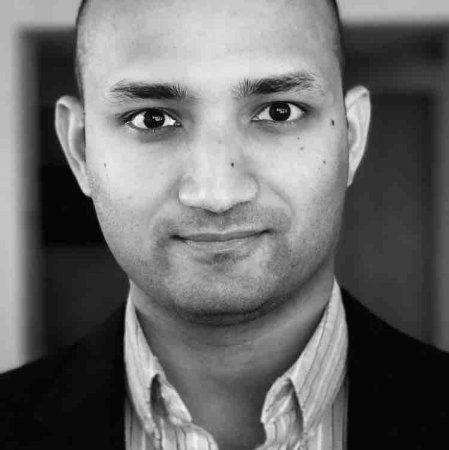Thought Leaders in Healthcare IT: Gautam Sivakumar, CEO of Medisas (Part 1)

Hospital workflows are inefficient. Gautam discusses the evolution and the promise to address the issues.
Sramana Mitra: Let’s start by introducing our audience to yourself as well as to Medisas.
Gautam Sivakumar: I am a doctor by training. I went into Medicine for the same reasons that, hopefully, most people are going into medicine and healthcare. I wanted to do something meaningful. It was driven by my experiences during childhood.
When I was very young, my mother was diagnosed with breast cancer. I spent a lot of time in hospitals with her. As a young impressionable person, you look around the world for inspiration. Some of the people who looked after her had a huge impact on me.
I’ve also enjoyed building things. I’ve been programming and designing since I was in my teens. As a doctor in a hospital, you find yourself getting frustrated at not having the tools to do your job. As a programmer or designer, you just go straight up crazy.
I had to go from complaining to my colleagues every day to eventually saying, “Let’s go build something.” Medisas is a hospital software company. We build workflow tools for hospitals. Our focus is on replacing the patchwork of legacy tools that doctors and nurses have to use to look after their patients.
Sramana Mitra: Let’s double-click down and take us through some use cases, so we get a flavor of what exactly is happening and what kind of workflows are you intervening in.
Gautam Sivakumar: If you look at the world as it is today, existing hospital software tends to have a number of different problems. As I mentioned, hospitals need to rely on a patchwork of these legacy software systems, paper processes, and pre-internet technology. Where in the world do you see faxes and pagers other than in hospitals?
When there is software, there are three fundamental problems. First problem is that these systems are not really easy to use. They have confusing user interfaces that look like they’re from the ’80s and ’90s. Second problem is that they’re not really optimized around patient care. The third thing is, these systems are not very well-connected.
If you look at the workflows that we try to improve with our software, they’re focused on making care safer and more effective. I’ll give you three examples and one that we talk about all the time. It’s the handoff process. The handoff process is a complex topic and there are many kinds of handoff processes that happen in hospitals.
It essentially comes down to transferring your care of a patient from one person or team to another. When we zoom in, it’s the shift-to-shift handoff. Over any two-day period, you’re going to have between two and four medical teams looking after you as an in-patient. The way that they transfer the care and the context about your care from one person to another is often on pieces of paper.
The team will print out a patient list on their EMR systems. They’ll scribble all the important things that need to be done. That’s what they use throughout their day for work and task management. At the end of the day, the other team will come in and they will print their patient list. I will tell that team the context that I have and the tasks that I haven’t done. They’ll scribble that down. It’s an incredibly manual process.
This segment is part 1 in the series : Thought Leaders in Healthcare IT: Gautam Sivakumar, CEO of Medisas
1 2 3
Featured Videos
Can 1M/1M Help Me Raise Money?
How Does 1M/1M Democratize Entrepreneurship Education?
How Does 1M/1M Democratize Management Consulting?
When Is The Right Time To Join 1M/1M?
Can 1M/1M Help Me With Business Development?
Can 1M/1M Help Me With Market Sizing?
Can 1M/1M Help Me Validate My Product?
Will I Have Private 1-on-1 Sessions In 1M/1M?
How Does 1M/1M Help Entrepreneurs Connect With Silicon Valley?
Mentoring or Consulting?
Why Does 1M/1M Charge $1000 a Year?
Why Does 1M/1M Partner With Local Organizations?
Why Don\’t Mentoring Networks Work?
Why Is It Important To Study With 1M/1M Now?
Dan Stewart Story
Vikrant Mathur Story
